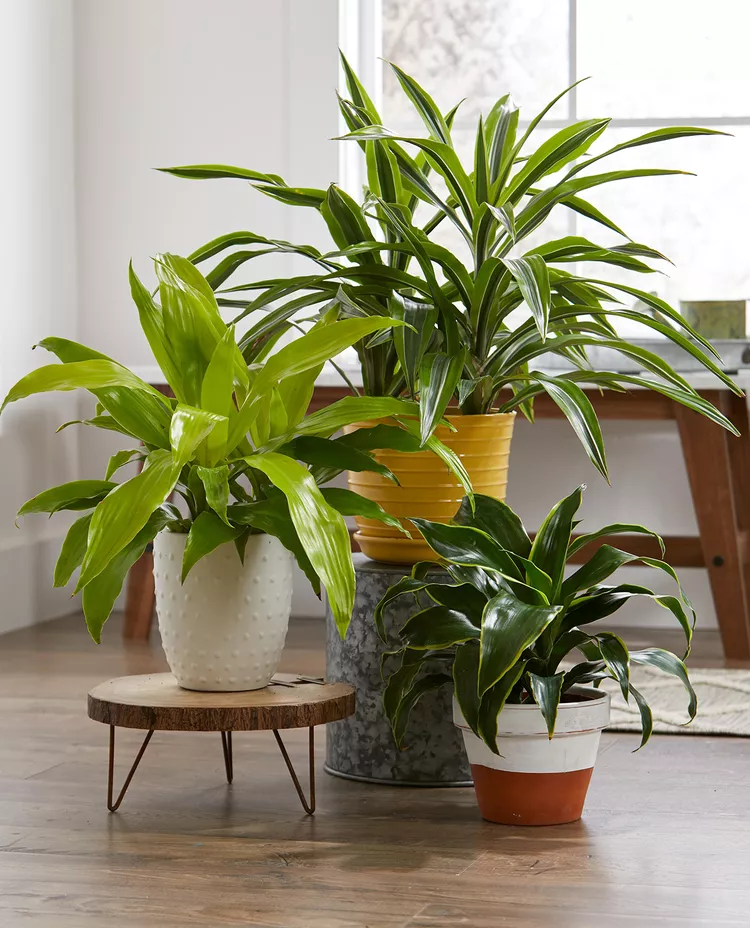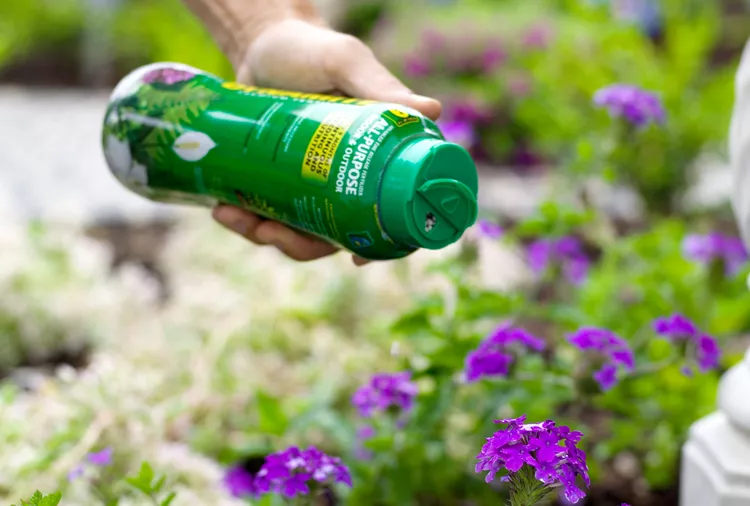While rosemary can tolerate a light frost or two, most growers in areas with harsh winters grow rosemary as annual plants. However, this Mediterranean herb can be overwintered indoors or outdoors with some winter protection.
Rosemary plants thrive in warm, sunny regions, but they can survive outdoors in winter in some areas, depending on the growing zone. Rosemary is hardy in USDA Zones 8-11, where it can safely overwinter outdoors, although the plants may need some protection. Gardeners in Zone 7 and colder need to grow rosemary as annuals or move potted plants indoors in autumn before cold weather arrives.
How to Protect Rosemary Outdoors in Winter
Gardeners in warm areas may be able to grow rosemary outdoors all winter long without any extra fuss or winter protection. However, at the edge of rosemary’s hardiness zones in Zones 8–9, shielding rosemary plants from harsh winter winds helps them survive the winter.
Add Mulch
Rosemary plants in sunny areas protected from strong winds are more likely to overwinter well than plants grown in exposed garden beds. Adding a 3- to 6-inch layer of natural mulch, such as wood chips or weed-free straw, around the base of the rosemary plants before frost arrives shelters the plant's roots and keeps the soil from freezing.
Add Cones or Row Covers
Aside from applying mulch, it’s also wise to cover up the stems and leaves of rosemary plants before winter starts. One option is to cover the rosemary plants with rose cones or floating row covers. If you opt for row covers, select covers rated for frost protection and anchor the covers in place at the soil line with heavy rocks or landscape staples.
Prune and Mulch
Another option is to prune and mulch over rosemary plants. To do this, cut back small rosemary plants to about 6 inches above the soil line after the first light frost of autumn, but don’t cut into the plant’s woody stems. After pruning, mound about 4–6 inches of chopped autumn leaves, straw, or another natural mulch over the plant to provide extra insulation.
Mulching over dormant rosemary plants gives them added protection from severe weather, but be sure to mound the mulch loosely so the plants can still “breathe.” This method can also be used on larger rosemary plants, but you may need to add a simple wood or metal frame around the plants to hold the mulch in place during the winter.
Potted rosemary plants may also survive outdoors with mulching, but you’ll want to wrap frost-sensitive pots and containers with burlap, bubble wrap, or old blankets to keep them from breaking.
Since rosemary plants are dormant in cold weather, they don’t mind being covered in a bit of mulch, but scoop the mulch away early in spring so the plants can start growing.
How to Overwinter Rosemary Indoors
In areas where winters are relatively mild, rosemary plants can survive outside with winter protection. However, rosemary is no match for the harsh winters of Zone 7 and colder. In these regions, most rosemary plants or cuttings need to overwinter indoors if you want them to survive.
Overwinter Entire Plants
To overwinter whole rosemary plants, dig up the plants in autumn before the first frost. The plants grow better if they have a large root ball attached, so place your shovel at least 6 inches away from the rosemary plant stems before you begin to dig. After you’ve dug up the plant, place it in a large pot with a rich potting mix and allow it to acclimate to its growing container for a few days before moving it indoors.
Take Stem Cuttings
If you don’t want to dig up your entire rosemary plant, you can also take cuttings of plant stems and root them in water or soil with a bit of rooting hormone. Rosemary cuttings should be about 4 to 6 inches in length. Cuttings taken from healthy branches with new growth tend to root best. Rosemary cuttings can take four to eight weeks to develop roots, so be patient as you wait for the new rosemary plants to grow.
Indoor Care
Once you have rosemary plants or rooted cuttings indoors, caring for the rosemary plants during winter is relatively simple. Keep rosemary in a window that receives at least six to eight hours of bright indirect light daily, and only water the plants when the soil feels dry. You may also want to keep rosemary plants near a humidifier or a pebble tray, as dry indoor air can sometimes make rosemary leaves crispy.
Hardening Off
When spring arrives, and the danger of frost has passed, harden off the rosemary plants over the course of several days by moving them outdoors during the day and back inside at night. After the plants have acclimated to outdoor weather, relocate the potted rosemary outdoors for the summer or replant it in your herb garden.



















